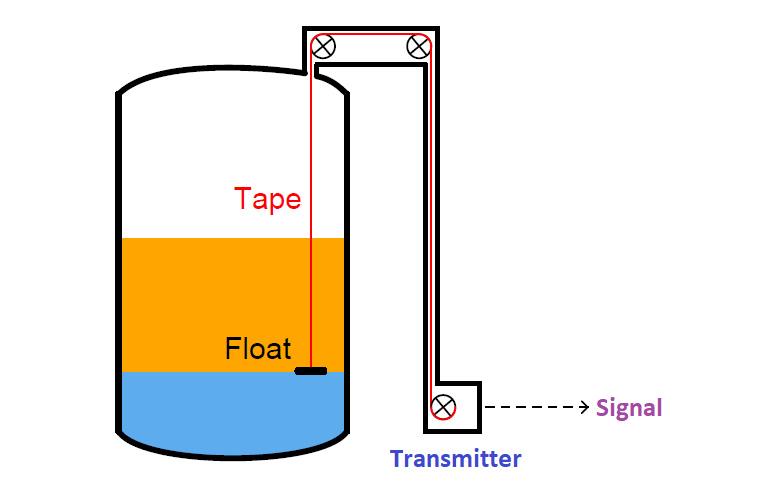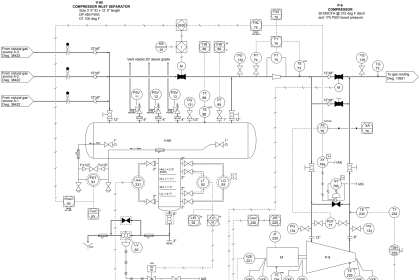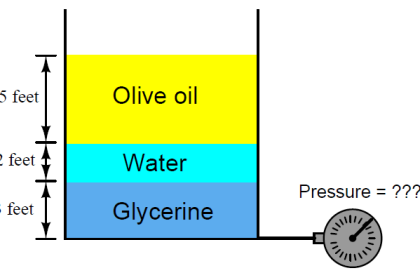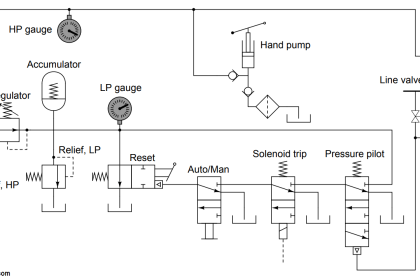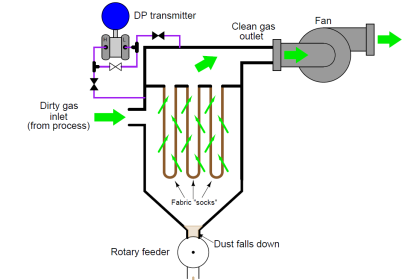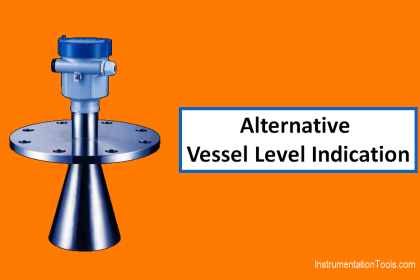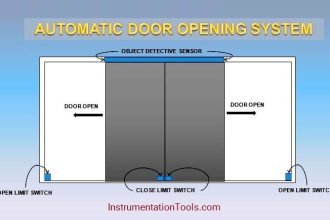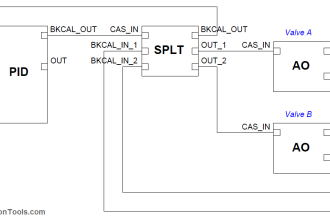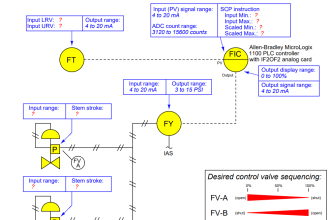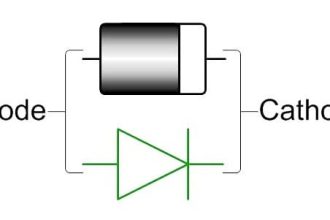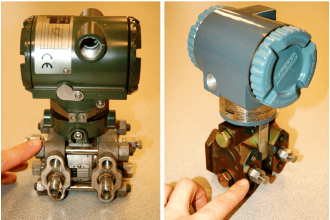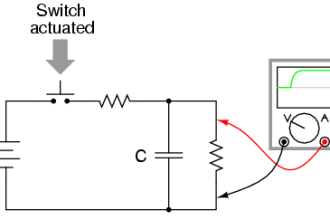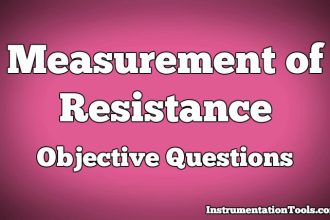It is possible to measure the level of a liquid-liquid interface by means of a float:
Liquid-Liquid Level Interface using Float
1. Explain what characteristic(s) the float must have in order to successfully hover at the interface level. Also, describe some potential advantages this technique enjoys over interface methods based on hydrostatic pressure.
2. Identify some practical applications of liquid interface level measurement in industry.
3. Suppose an instrument technician replaced the “tape” in this level instrument, and accidently substituted one that was 1.5 feet shorter than the old tape. Assuming all else in this instrument remained the same, how would its calibration be affected? Would we see a zero shift, a span shift, a change in linearity, or some combination of these?
Share your answers with us through below comments section.
Read Next:
- Design of Switch Contact
- Make/Break Sequence
- Diode Switching Circuits
- PLC Switch Example
- Transistor Switch Principle
Credits: Tony R. Kuphaldt
